
Copyright 2005 T. Sheil & A. Sheil All Rights Reserved
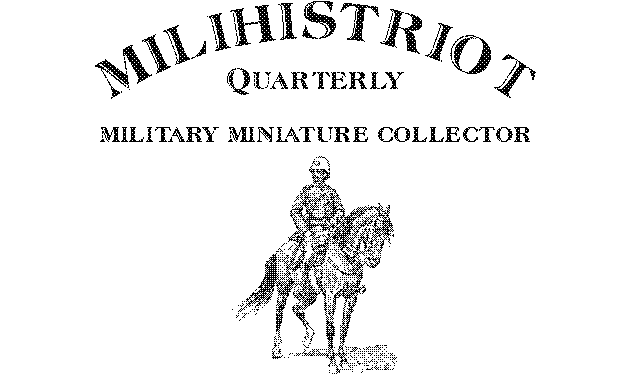
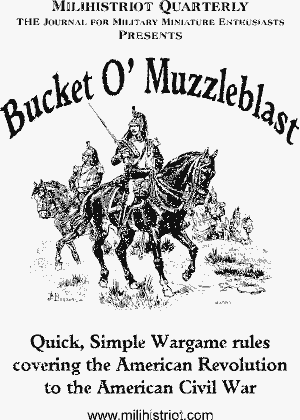 |
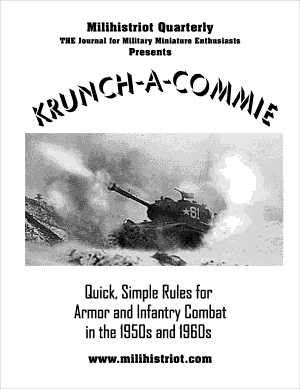 |
 |
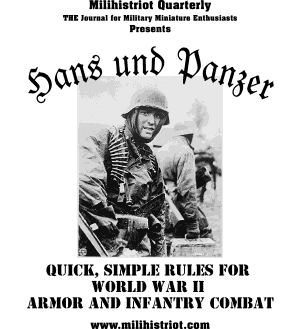 |
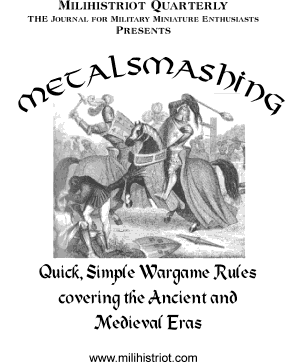 |
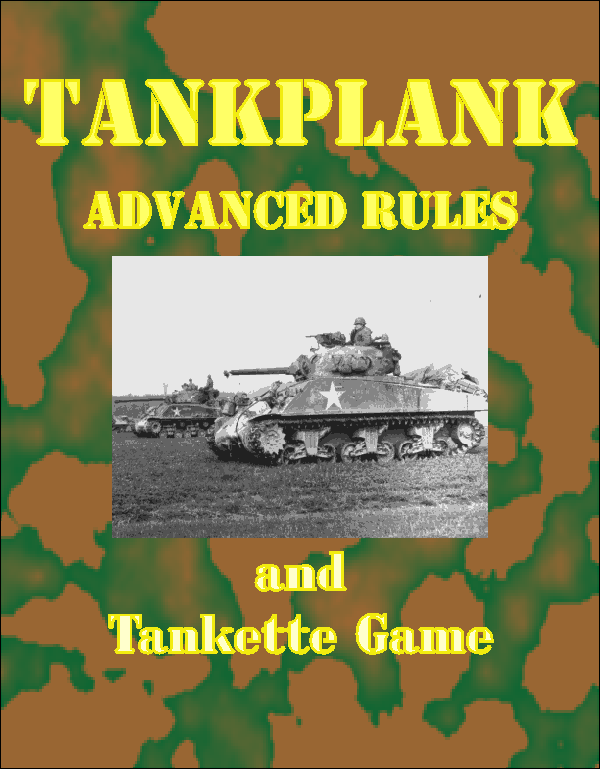 |
 |
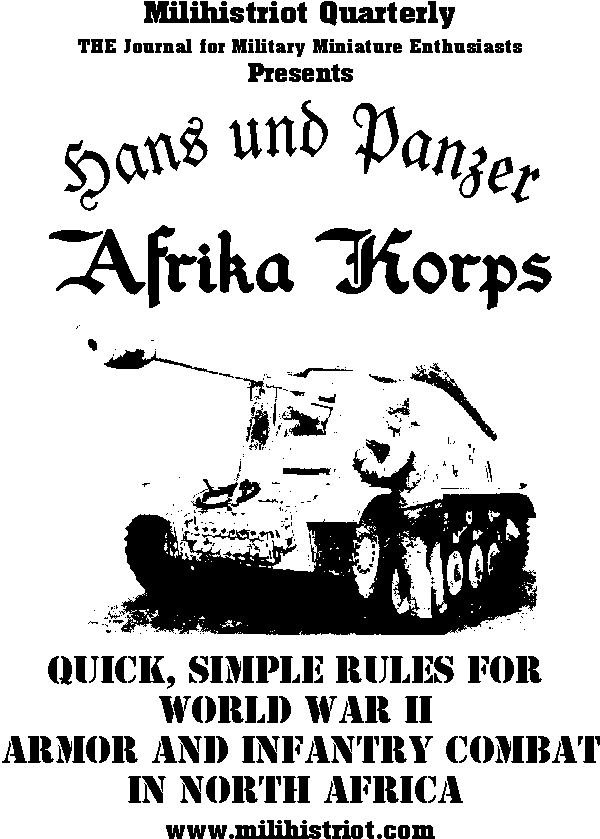 |
 |
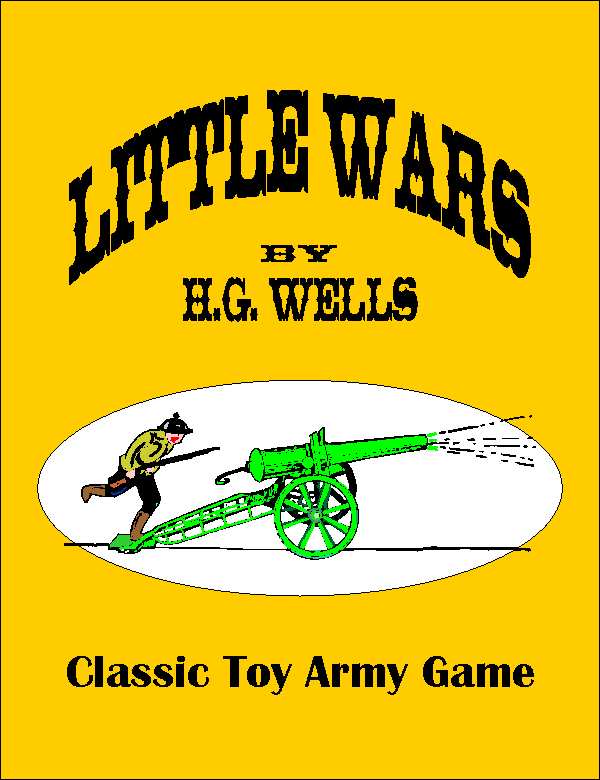 |
 |
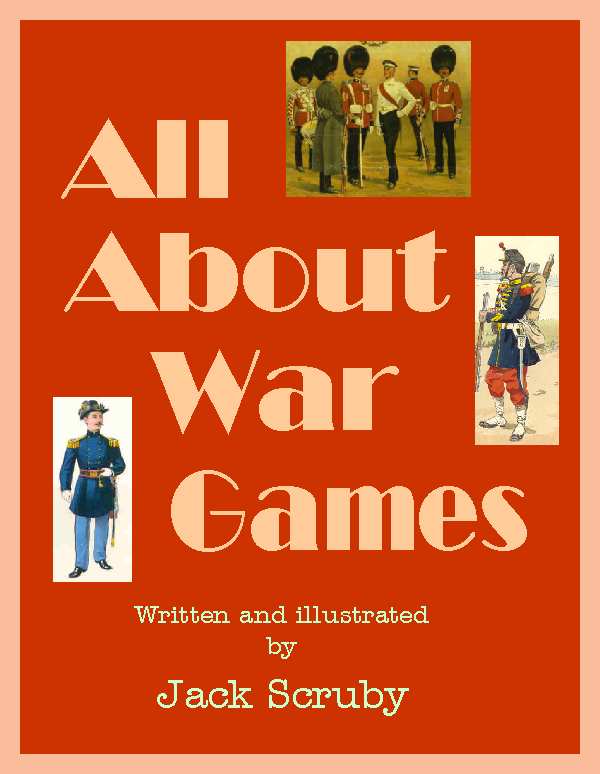 |
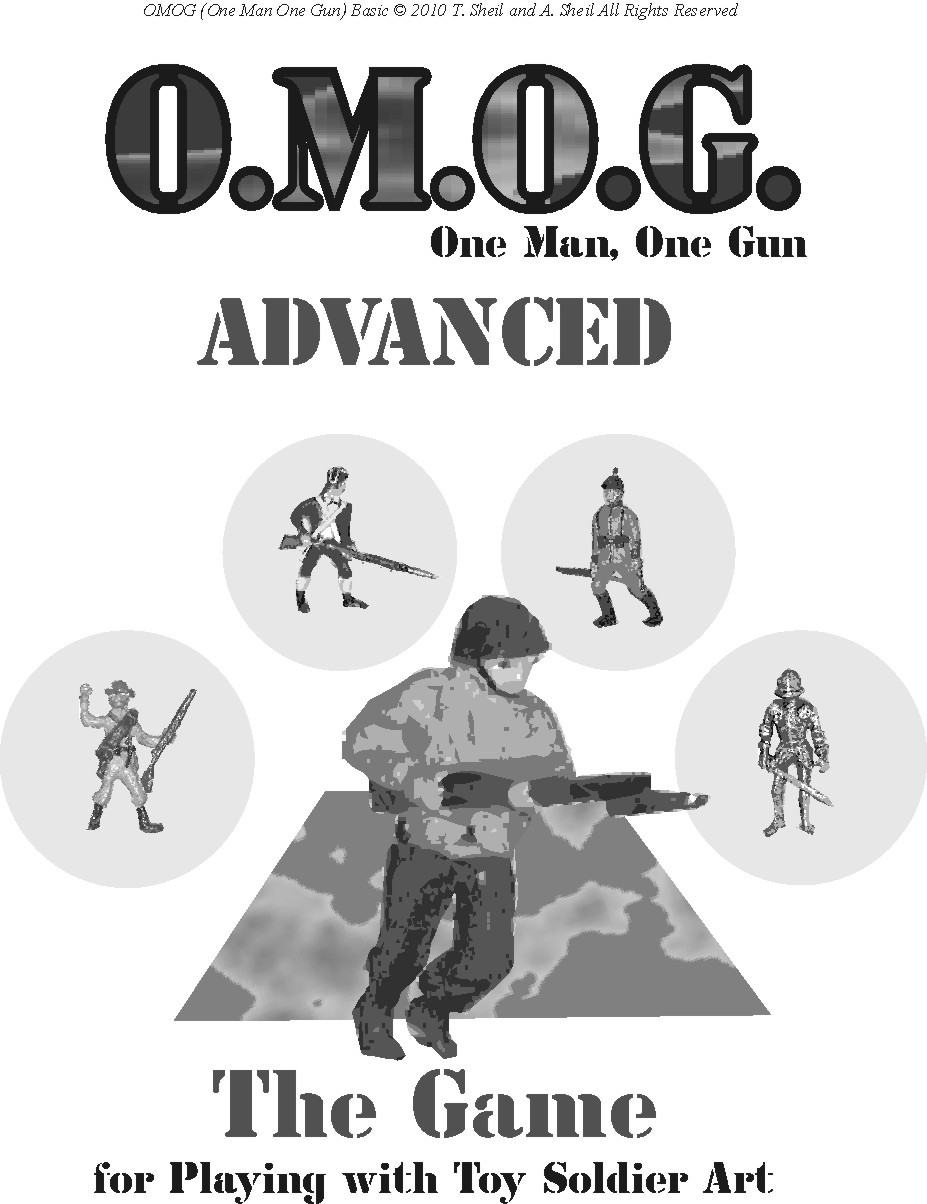 |
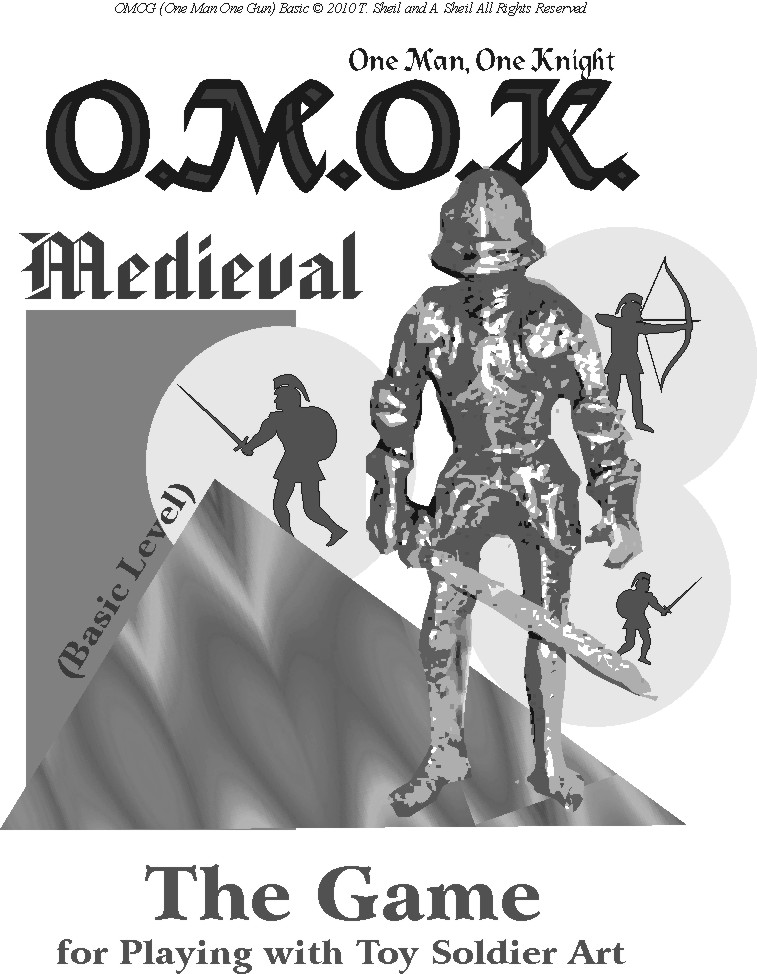 |
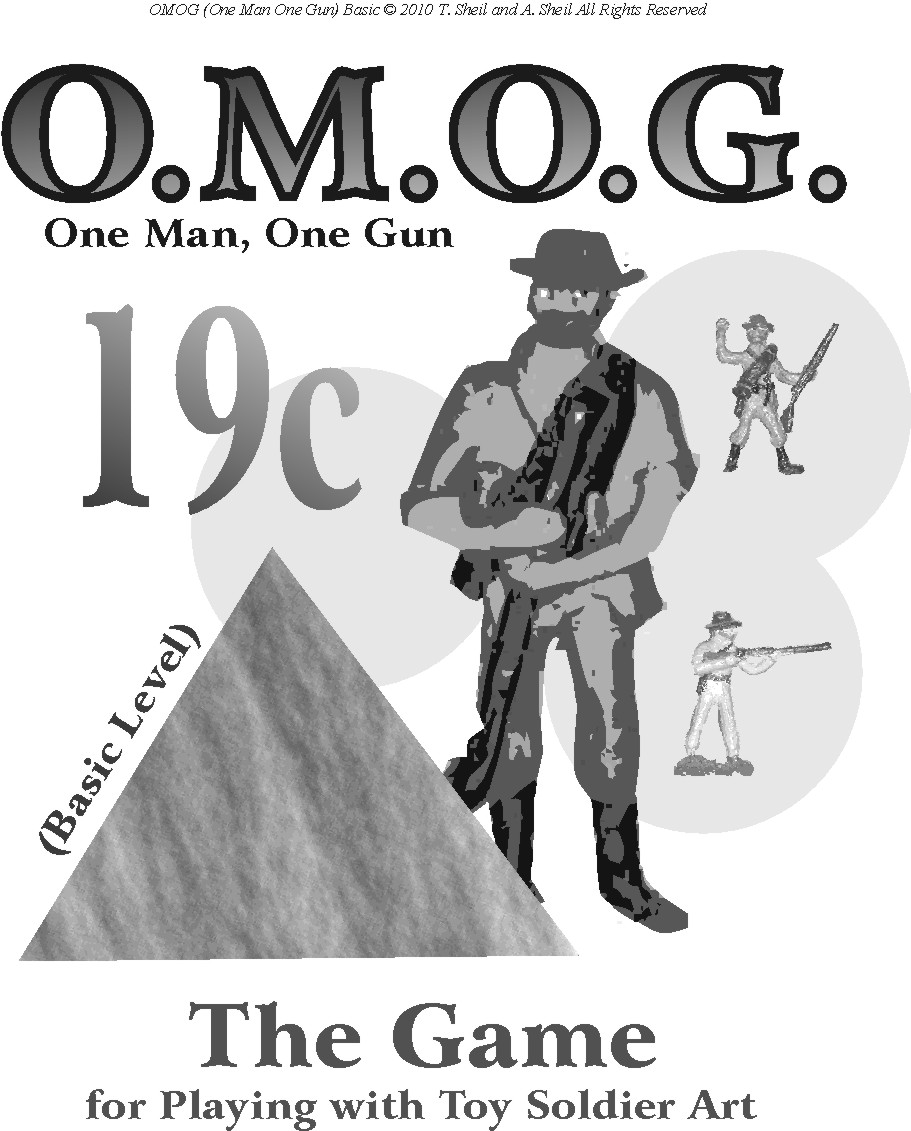 |
 |
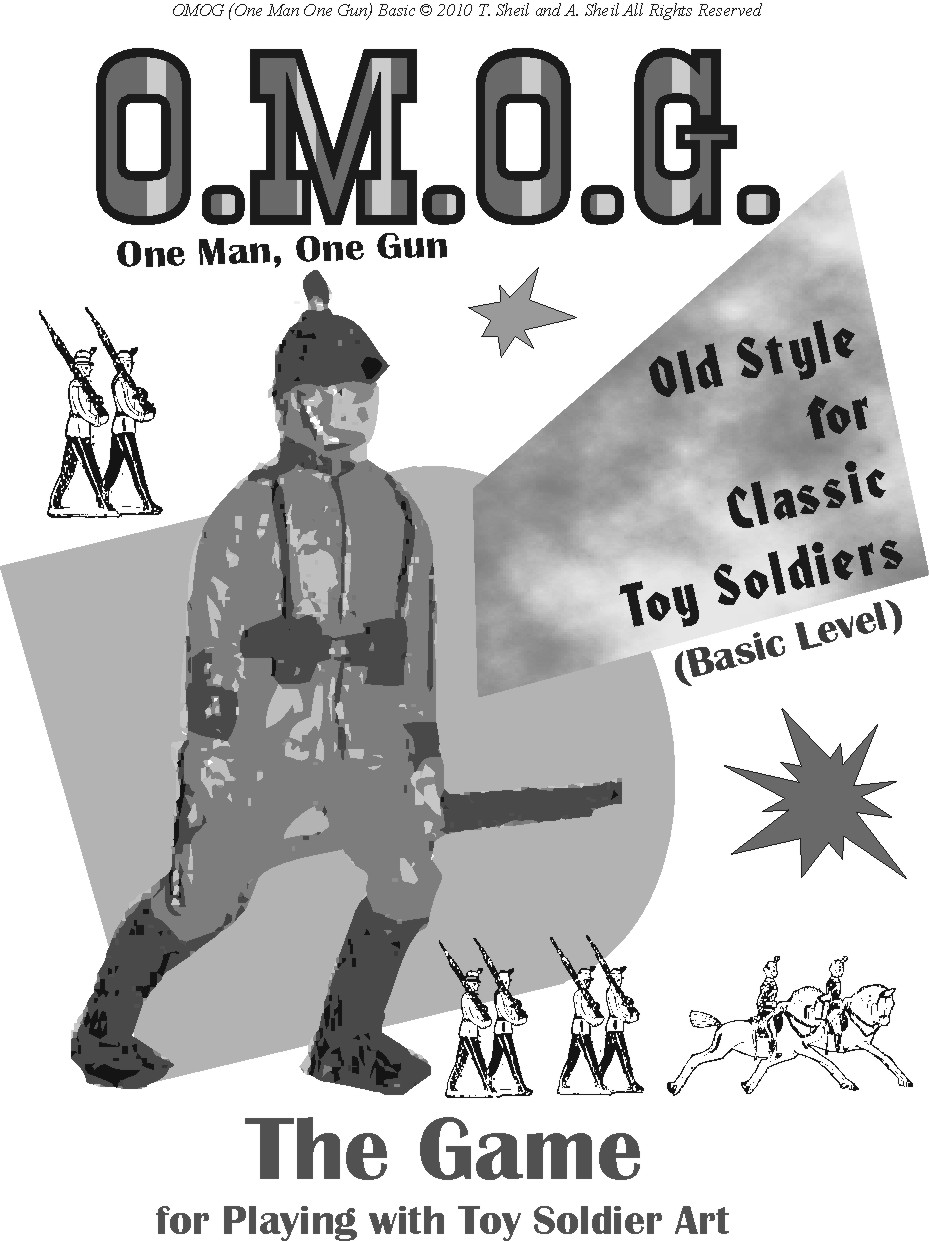 |
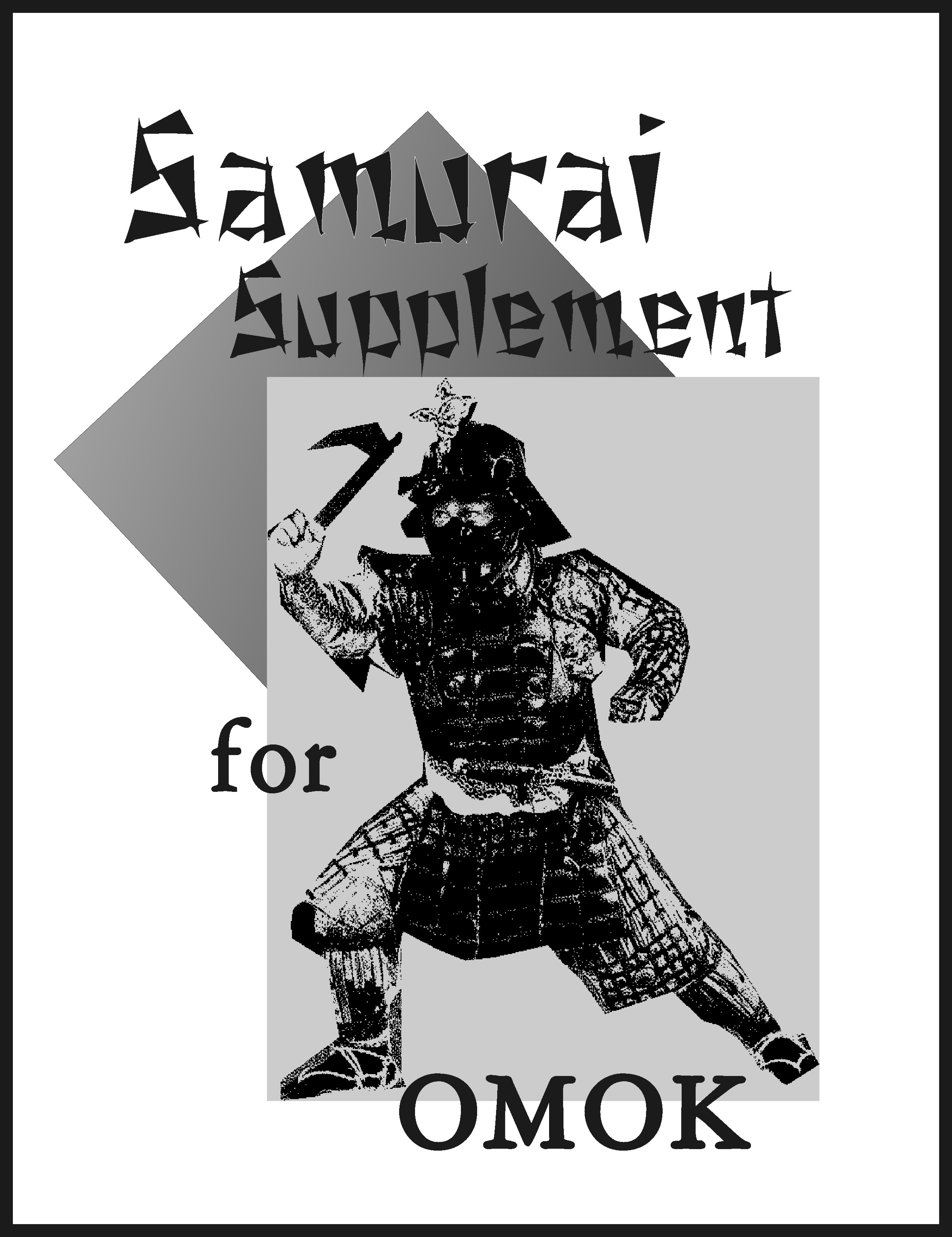 |
 |
 |
|
Old manuals on everything from sword fighting to bayonets.
A Complete System of Bayonet Exercise by Richard F. Burton explains a method of bayonet fencing derived from French sources. It looks almost elegant. This was developed in the middle of the 19th Century CE.
Bayonet Manual for the M1905 Bayonet , FM23-25 is a copy of the system taught during World War I. It is quaint by modern standards, but this method served the United States Army and the British Commonwealth forces for decades
Bayonet FM 23-25 1943 is a slightly updated version of the previous manual. It even has tricks for disarming bayonets and knives. Nice piece of history
Marine Bayonet Manual is a copy of the method used during the Cold war Era. Simple and powerful system
Japanese Bayonet Fighting - illustrated guide to Wolrd War II Japaanese bayonet fighting methods, from a translation printed in a US Intelligence Bulletin. This is a translation of the official Japanese bayonet regulations.
British Bayonet Manual from 1937 - British army manual on bayonet fightinng. Illustrated. This is basicly the same system as tauight in US Army Manual FM 23-35
British Bayonet Manual from 1942 - Slightly updated from the 1937 with new illustrations, etc.
Cary's Bayonet Exercise and Skirmisher's Drill (1861). This manual was developed for the Virginian troops. The bayonet methods are a direct translation from the French complete with illustrations of French origin. Great for those interested n close combat of the Crimean, Franco-Austrian and Franco-Prussian wars as well as our own Civil War.
A New System of Sword Exercise for Infantry by Richard F. Burton is his manual on military swordsmanship. It is classic fencing adapted to the use of a heavier sword.
The Petty Officer's Drillbook Sword Exercise is a 1904 US Navy manual on the use of the cutlass. This is great if you want to be a pirate. Argh!
Saber Exercise 1914 is the manual written by George Patton. A real piece of history. Of course, things like the machine gun and tank made it obsolete.
Fechtbook I 33 is a black and white copy of a medieval book on sword and buckler fighting, in the very late 13th Century CE. This is probably the earliest such book available for study today.
Jakob Sutor's Kunstliches Fechtbuch is a 1612 CE text on close combat with two-hand swords, pole weapons and rapiers. It also includes the dussack, a sport in which men fought with wooden swords until someone's head was bleeding. ( Dussack was popular with Germans, Poles and Swedes. The excessive cranial density in those places made it safe. ) Very clear illustrations, and a great way to understand Medieval and renaissance fighting methods.
Combat sans Armes is a 1941 Canadian book on unarmed combat. The illustrations look like drawings from an earlier war. It looks hokey, but worthwhile for the history buffs.
Abwehr Englisher Gangster-Methoden is a German manual on hand to hand combat from 1943. It shows German soldiers facing off against a German dressed like a naughty Scotsman. The title literally means "Against The English Gangster Methods." Indeed, there are defenses against some of the commando tricks. Be careful with this one, as some of these tricks really work.
Naerkamp is a 1946 Danish manual on hand to hand combat. Some of the illustrations are right out of Fairbairn. Images depict a person from the happiest country in Scandinavia bashing a person from the grumpiest country in central Europe. Again, be careful, Some of these tricks work all too well.
Handgemang is a Swedish army manual of hand to hand combat from 1956. It shows Swedes fighting with bayonets, entrenching tools and bare hands. A classic for the military history buff. It is simple, but then, look at whom they are teaching.
The Secrets of Jujitsu is a manual from 1920 that shows some of the old jujitsu tricks. An interesting item that shows the early days of modern combatives.
Cold Steel is a classic book by British fencing master Alfred Hutton. It covers swords, staves, daggers, Renaissance defenses against the knife and other interesting information. Not to be confused with the 20th Century close combat manual by John Styers
Old Sword Play by fencing master Alfred Hutton covers a variety of methods from the late Middle Ages to the 18th Century. A great reference for the aficionado of close combat and swordsmanshio.
Fencing 1467 is a course on Talhoffer's "fechtbuch" which shows two-hand sword, short sword, dagger, wrestling, pole axe and other techniques. The illustrations are copies of the originals from 1467. A great look at medieval combat from, Germany. Note that some of Talhoffer's materials on judicial drills and mounted warfare were omitted in this modern text.
Fixed Bayonets by Alfred Hutton is a course in fighting with bayonets on bolt action rifles. The altered shape of the newer rifles required new variations on bayonet technique. First published in 1890. This file is in MS Word DOC format
USMC Hand to Hand Combat Manual from 1955 is a brief treatise on unarmed combat. The methods are simple and instruction is basic.
US Army Combatives Manual from 1992 is an updated treatise on close combat. Includes unarmed combat, bayonet and other hand-held weapons. A good, well rounded course in mayhem.
USMC Close Combat from 1999 is another good course on had-to-hand combat. Includes a variety of unarmed techniques as well as the use of hand-held weapons.
US Army Special Text Hand-to-Hand Combat Oct-1964 - a rare and unusual text illustrating the system Dermot O'Neill
developed for the Army and Marine Corps in the early 1960s. Easy to use
techniques, including defense if you fall. See the below manual for
more of O'Neill's techniques
USMC FMFM1-4 Hand-To-Hand Combat-O-Neill-System-Defendu-1966 - another rare manual illustating the O'Neill system, with a few more technqiues than the above manual. See the previous manual for more techniques.
US Army FM 21-150 Combatives 1971 (Deal the First Deadly Blow) A reprint of the Army manual from 1971, includes bayonet fighting, unarmed combat and the knife. The unarmed combat combines theO'Neill system and earleir Combat Judo - well illustrated compared to the above manuals. The knife method is based on Applegate's Kill or Get Killed.
US Army Hand-to-Hand Combat 1954 The earlier manual using a variety of tricks, many based on Judo and jujitsu. This copy is a bit dark, but if you take your time you can see what the illustrations mean to show.FBI Baton Manual 1967 (Nightstick and baton) is a good treatise on self defense with various sizes of stick. The techniques are simple and effective.
Shanghai Municipal Police Manual of Self Defense (1915) is a treasure for students of classic close combat. This is the manual that came before Fairbairn's Defendu. It is a collection of jujitsu tricks for police officers. Fans of Fairbairn's methods can see the early days. (Could the white man in the photos be Fairbairn or E.A. Sykes?)
Ninja Combat Method One of the first of the Ninja manuals in English. Simple fighting techniques. This would be a good help to a military miniature maker seeking to make medieval Japanese figures
Secrets of the Ninja by Ashida Kim is one of those books that defies reason. It claims to teach the Japanese art of Ninjutsu. Its authenticity is questionable and its author's claims have been challenged for decades. Ashida Kim is not even an Asian guy, despite the name. He is a White guy. So why would we include this book? Because it is entertaining.
U.S. Armored Force: Armored Division A great overview of the structure and operation of the World War II US Armored division.
U.S. Army Soldier's Handbook 1941 The basic manual for the soldier, with everything from riflery to scouting and patrolling. Used throughout World War II.
The Ordnance Soldier's Guide
A copy of a mimeographed manual issued to troops at the Ordnance school
at Aberdeen Proving Grounds,circa 1943 -1944 The manual includes a
variety of one and two page lessons on basic soldiering and ordnance
work. A good overview of soldiering in the US Army at the time
Soldier's Guide to the Japanese Army (1944) A World War II publications given to troops. It explains the organization, uniforms, equipment, weapons and tactics of the Japanese Army.
Company Officer's Handbook of the German Army (1944) A World War II publication describing the German Army, its troops, weapons, tactics and equipment.
Handbook on German Army Identification (1943) A manual that shows the uniforms and identifying insignia and markings of German forces. Covers rank insignia for officers and men, special unit emblems, flags, etc.
Pocket Book of the German Army 1943 - British manual on the German army, witth charts showing organization of various kinds of units.
British Rank and Badges (1943) A guide to British military rank and insignia. In color
Pocket Guide of Uniforms & Insignia (1943) Guide to the rank and dress uniforms of Allied troops. In color.
German Squad in Combat Translation of the German manual for the infantry squad and platoon.
German Motorized Infantry Regiment - translation of the German manual for mmotorized / mechanized infantry (panzer grenadiers).
The German Armored Army - a combination of translated German documents with information gotten from French after-action reports in 1940
German Mountain Warfare Translation of the German manual for mountain troops (gebirgsjager).
German Winter Warfare Translation of the German manual for combat in winter. Many of these techniques were originally used by the Finns
Warsaw Pact Uniforms Canadian manual from 1990 on Warsaw Pact uniforms and insignia.
Threat (Soviet) Recognition Guide Manual giving info on Soviet vehicles, helicopters and support aircraft.
The German Armored Division U.S. translation of a German training manual from December of 1940.
German Infantry Weapons Information and illustrations of the weapons sued by German infantry. A good reference
Japanese Infantry Weapons Information and illustrations of Japanese weapons used by infantry units. A useful resource.
Handbook on German Military Forces TM 30-451 (1943) This manual covers the German Army and Luftwaffe, with details on every aspect. it is a black and white copy. For uniform pictures in color, go to The Uniform Page and scroll down to Early War Army and Luftwaffe Uniforms and Insignia
M4 Manual - The Sherman Tank (1942) Technical manual for the Sherman tank. Lots of details. This was issued to the crewmen. Makes you want to have one for yourself.
Armored Vehicle Recognition Manual (November 1943) Manual handed out to US troops so they can identify armored vehicles. Covers the US, Britain, Russians, Italians and Japanese. A nice little primer on armor
Warfare in the Far North: This Department of the Army Historical Study describes the war between Finland and the Soviet Union. It is a study in arctic warfare.
Fighting the Russian in Winter: three case studies of cold weather combat against the Russians. Examples from the US expedition of 1918, the Finnish War and World War II. Fascinating military history.
****
The Uniforms Section - not a download, but a section of this site that has color images of various uniforms including World War II.American, German and Japanese, French Crimean and Franco Austrian War, American Civil War and others.